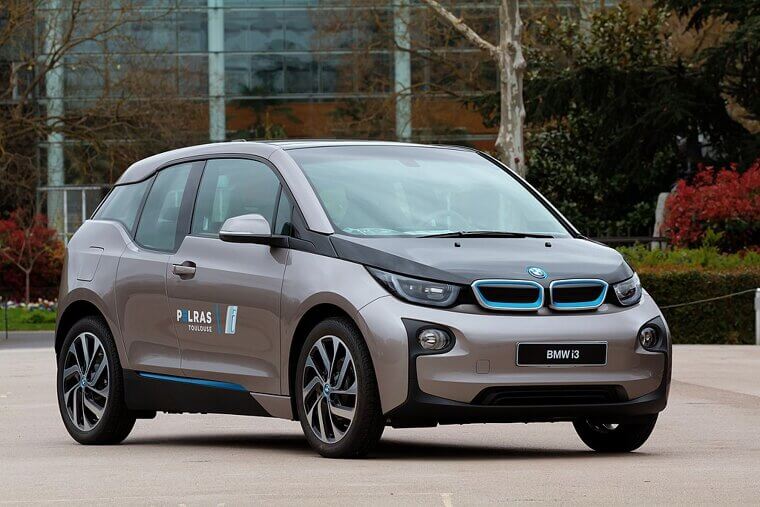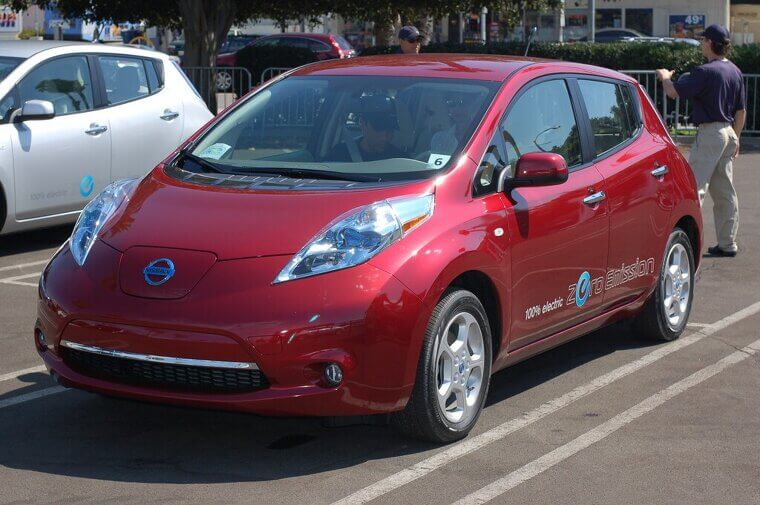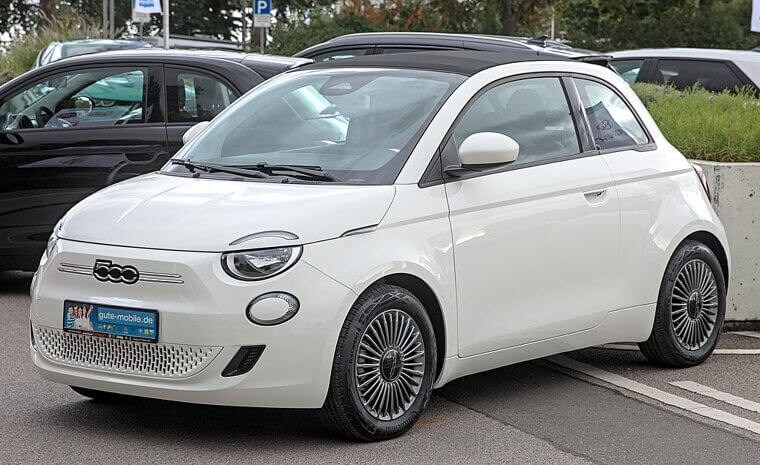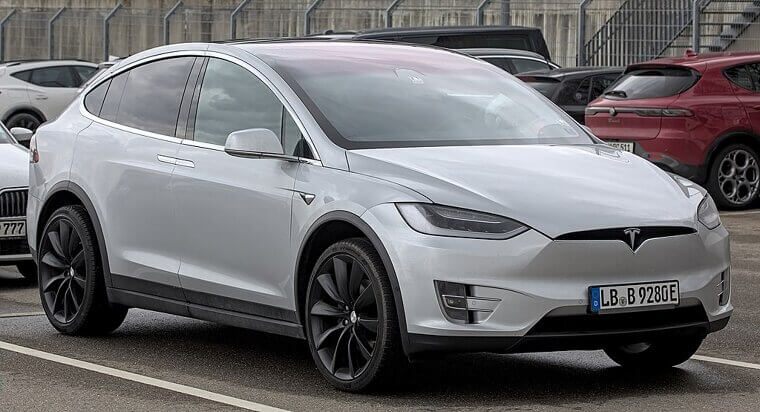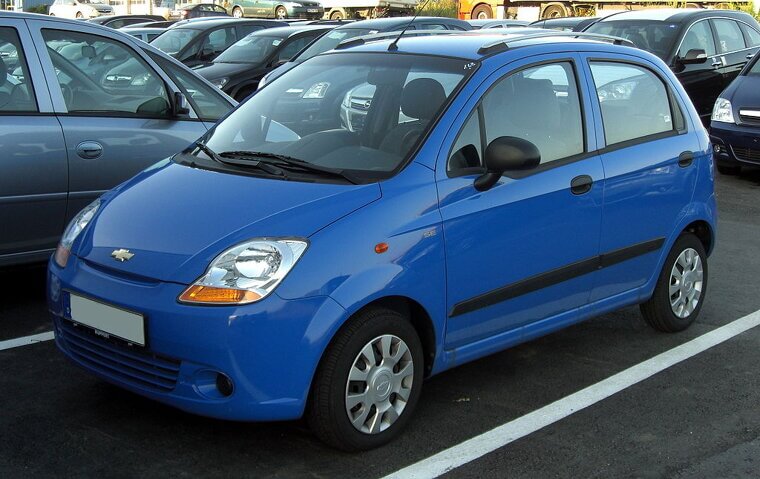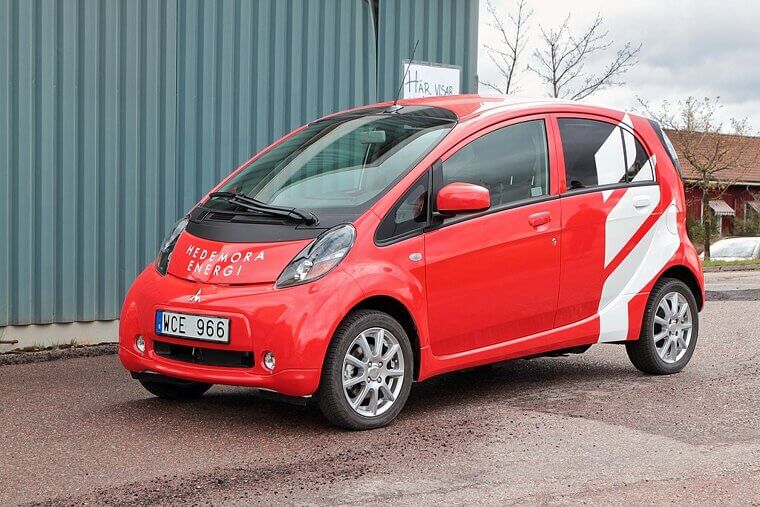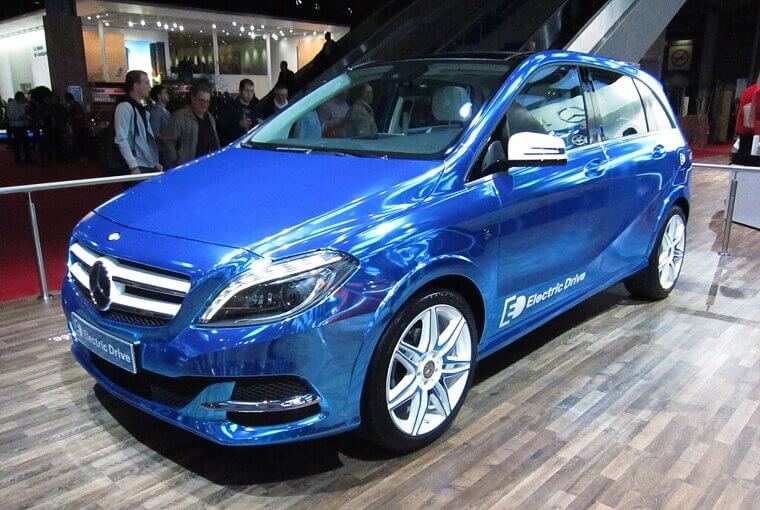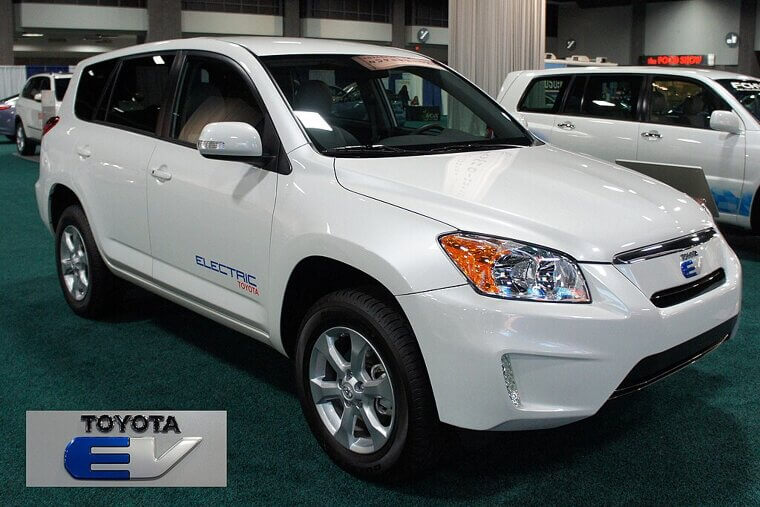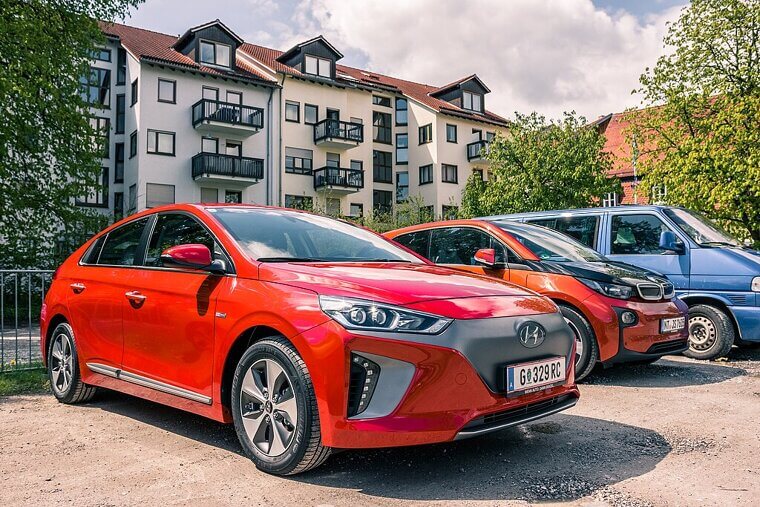I Wouldn’t Buy These 10 EVs
Electric vehicles are the future, but not all of them are built to last! From battery degradation to hard-to-source parts and poor reliability records, some EVs just don’t hold up over time. Whether you’re shopping used or new, here are ten electric vehicles that raise red flags from a mechanic’s point of view.
BMW I3
While the i3 stands out with its futuristic styling and carbon-fiber construction, it raises concerns in the shop. Repairs can be expensive due to its material choices, and early models suffer from limited range combined with aging battery performance. Replacement parts (especially body panels) can be hard to source and expensive, making it less than ideal for long-term ownership.
Nissan Leaf (First Generation)
The first-generation Leaf helped kick off the EV era, but it’s aged like Dorian Gray’s portrait. Its air-cooled battery is prone to rapid degradation - especially in warmer climates - leading to significant range loss. Battery replacements are expensive and with limited support for upgrades it’s often not worth the investment.
Fiat 500e
The 500e was a compliance car designed primarily to meet regulations not set standards, so while it’s fun in short bursts, it suffers from limited range. Minimal manufacturer support makes parts availability questionable, and long-term maintenance isn’t well documented. It’s more of a short-term novelty than a dependable daily driver.
Tesla Model X (Early Builds)
Tesla’s Model X dazzles with its design, but earlier models have a history of mechanical and software issues. The complex Falcon Wing doors are known for malfunctioning, sending repair costs sky high once the vehicle’s warranty wanes. Combined with alignment and suspension problems, it’s a luxury EV that may come with luxury-level headaches.
Chevrolet Spark EV
This compact EV has strong torque and decent range for its size; however, it suffers from limited production and sparse support. GM only sold the Spark EV in a few states, which resulted in parts and qualified service becoming hard to find. Battery cooling issues have also been noted, raising questioning long-term reliability eyebrows.
Mitsubishi I-MiEV
One of the earliest mass-market EVs, the i-MiEV is small, underpowered, and lacks modern safety features. Its range is minimal (often under 60 miles in real-world conditions) and interior quality is poor, which, when combined with limited parts availability and outdated tech, make it a tough sell in today’s market.
Mercedes-Benz B-Class Electric Drive
This EV collaboration between Mercedes and Tesla didn’t leave much of a legacy. Owners have reported software glitches and expensive repairs. The limited production run makes sourcing parts and finding service a challenge, too. It’s a luxury EV that lacks the long-term support you’d expect at its price point.
Toyota RAV4 EV (Second Generation)
Toyota’s generally known for reliability; however, the second-gen RAV4 EV - built in partnership with Tesla - has a mixed record. Battery system quirks, software limitations, and poor support from both brands make maintenance a challenge. It’s an interesting footnote in EV history, but not a model built for the ages.
Hyundai Ioniq Electric (2017–2019)
Early Ioniq Electric models suffered from limited range (often under 130 miles) and conservative battery management. While largely reliable, they lack the performance and upgrade paths of newer rivals, so in today’s rapidly evolving EV landscape, it feels outdated - and quickly outclassed by more capable options.
Volkswagen E-Golf
While the e-Golf handles well and feels familiar to drive, its range - especially in early models - is underwhelming. Parts support isn’t as widespread as newer VW models, and battery replacements can be costly. It’s a solid city commuter, but outdated performance and declining value limits its long-term prospects.


